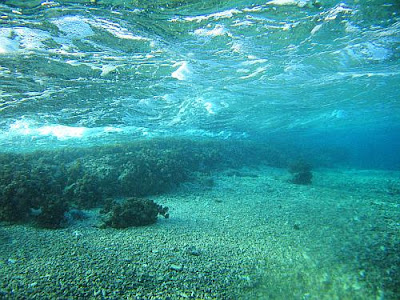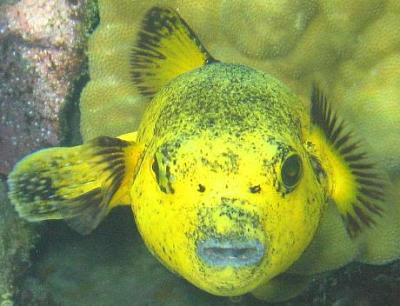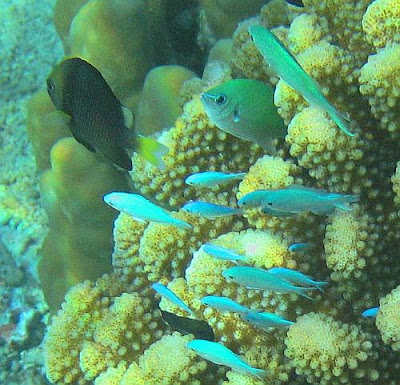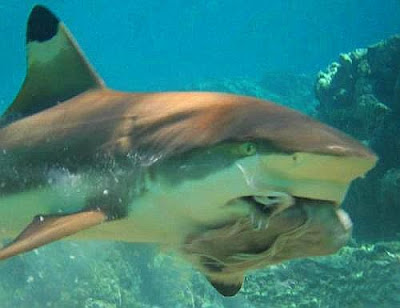The Shark Highway

This is the inner edge of the barrier reef, which protects the lagoon from the surging ocean. Within it, the lagoon is nearly a kilometer wide, and rarely more than two meters deep. It has many special places, micro habitats, used by animals for different purposes--deep, barren regions where sharks go to rest, shallow areas of thick coral where the babies seek refuge, places where the currents balance creating ideal conditions for spawning fish, places of strong and weak current, favoured by different species, and many more. This channel within the shelf of the reef itself, is used as a highway by sharks on the move.















